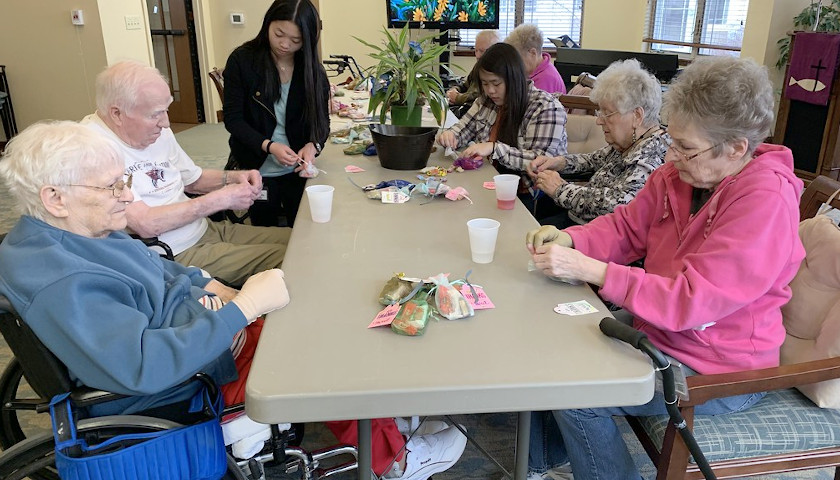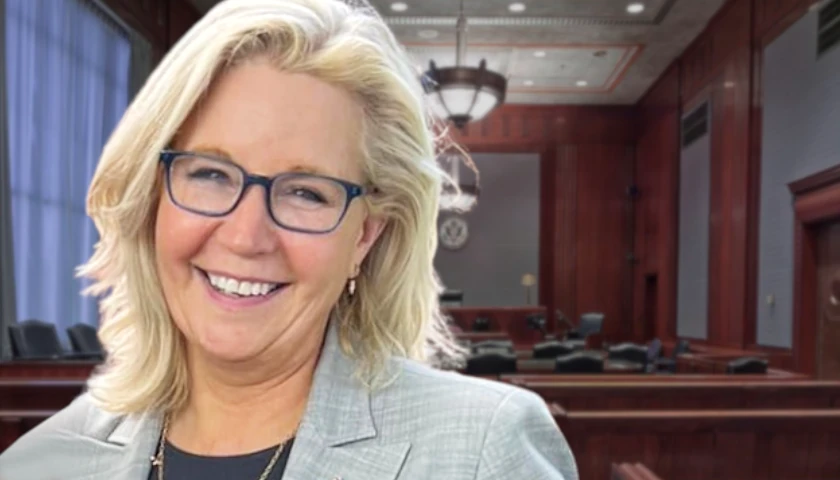by Scott McClallen
Even before the COVID-19 pandemic, Michigan’s Long-Term-Care Ombudsman Program failed to visit most facilities in person, an auditor general report found.
MLTCOP, housed within the Michigan Department of Health and Human Services, advocates for more than 100,000 long-term care residents statewide, investigates complaints and supports improved policies.
However, the report flagged three material conditions – the most severe rating. Ombudsmen didn’t visit most of the facilities for 31 months during the audit.
For the LTC facilities that the ombudsman visited, “the percentage of facilities for which all 4 required quarterly visits were completed ranged from 0% to 46% depending on the fiscal year and the facility type,” the audit said.
The report completed by Auditor General Doug Ringler’s office found the agency failed to conduct all four required quarterly visits at:
- Any of the adult foster care facilities during fiscal years 2019 through 2021.
- 309 (99.7%) homes for the aged during fiscal year 2019 or at any of the 310 homes during fiscal years 2020 and 2021
- 241 (53.8%) skilled nursing facilities during fiscal year 2019 or at any of the 448 skilled nursing facilities during fiscal years 2020 and 2021.
The state shuttered access to nursing homes from March 2020 through June 29, 2020. However, an MDHHS June 30, 2020 epidemic order clearly states that “visitation restrictions do not apply to representatives of the Michigan Long Term Care Ombudsman program.”
Despite that, MDHHS contends that advocates faced barriers to accessing the facilities, so MLTCOP instead called, used virtual platforms, and emailed the nursing agencies instead of visiting in person.
Despite most long-term care visitation restrictions being removed by April 2021, MDHHS said ombudsmen weren’t instructed to resume regular visitation until March 2022.
The program said it didn’t have enough ombudsmen to visit all three types of facilities so it prioritized skilled nursing facilities that displayed the highest need.
In September 2020, state long-term care ombudsman Salli Pung said complaints to her office nearly doubled since 2019. Close to half of the 2,600 calls were visitation and isolation complaints.
MDHHS said it responded to all long-term care facility complaints within the required timeframes.
“During the pandemic, MLRCOP was unable to conduct ‘all 4 required quarterly visits’ in fiscal years 2020 or 2021 due to ongoing visitation restrictions that began in the second quarter of fiscal year 2022 due to high county and facility risk levels,” MDHHS said in response to the audit. “Despite changes or flexibilities in MDHHS guidance, there were still restrictions implemented in August 2020 due to regional and/or county risk level. Also, access was limited at the facility level for congregate care settings due to COVID spread.”
MDHHS said that the in-person visits were “only permitted when it was necessary and allowed based on county risk levels.”
However, unexplained before the pandemic is why the audit found that 88.8% of the 4,275 total active facilities weren’t visited quarterly in fiscal year 2019.
For fiscal year 2020, the Health and Aging Service Administration spent $1.7 million on the MLTCOP program.
As of March 2021, MLTCOP funded the LTC ombudsman program, four support staff, and 17 local paid ombudsmen.
The audit found that MLTCOP didn’t complete or keep background check documentation for 80% of the volunteer ombudsmen.
– – –
Scott McClallen is a staff writer covering Michigan and Minnesota for The Center Square. A graduate of Hillsdale College, his work has appeared on Forbes.com and FEE.org. Previously, he worked as a financial analyst at Pepsi.
Photo “Nursing Home” by Ann. CC BY-NC-SA 2.0.





